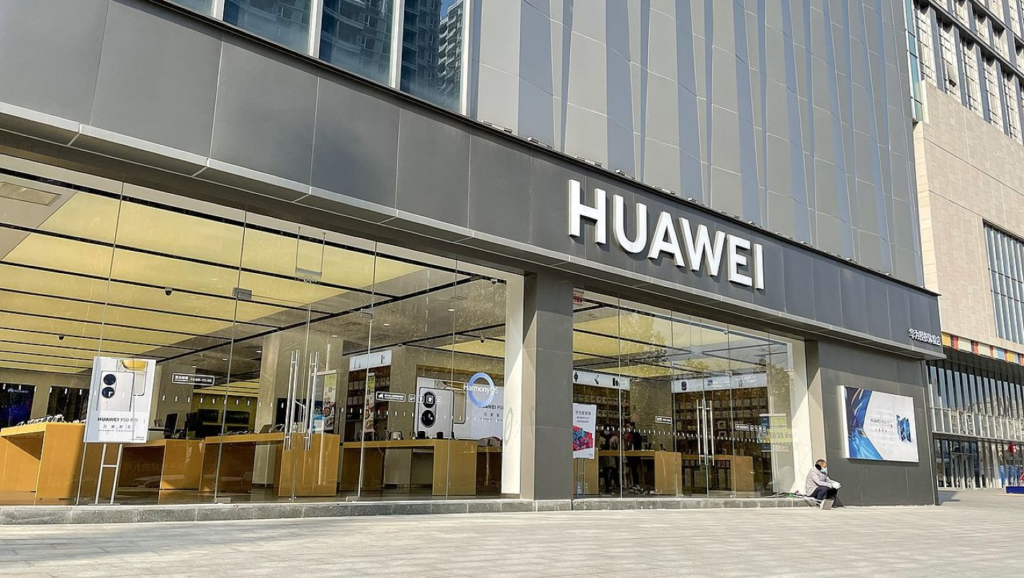Changing consumer behavior and expectations, competition from major e-retailers, evolving cybersecurity challenges, inflationary pressures, sustainability and environmental concerns, and the pressure to take advantage of AI are all very real concerns for retailers today. Those that aggressively pursue effective solutions while reducing overall complexity and embracing AI will thrive despite the challenges. Let’s discuss the challenges as well as ways retailers are addressing them. Challenge: Consumers want to shop on their own terms Recent research shows that 77% of consumers today buy through a mix of digital and physical shopping, while just 17% buy only online or only in physical stores (IDC Retail Insights: Consumer Sentiment Survey, 2024 — Findings and Implications, July 2024). They also check a variety of sources before making a final purchasing decision, from search engines and retail websites to product ratings and reviews, price comparison websites, and social media. Finally, consumers today want personalized retail experiences, easy checkout and fulfillment, free shipping, and, most of all, channel-agnostic shopping experiences. Meeting consumers where and when they want requires retailers to truly understand their data and ensure consistency across channels in terms of pricing, product descriptions, and availability. Challenge: Fighting against mega-retailers’ supply chain strength There are many valid reasons why retail behemoths Amazon, Wayfair, and Walmart are putting smaller retailers out of business; the way they have managed supply chain issues around cost, customer demand, refunds and returns, skills shortages, and unpredictability and unreliability of suppliers is among the biggest. According to a May 2024 IDC supply chain survey (Supply Chain Survey, 2024: Retail Findings and Implications), nearly 40% of retailers have been impacted by supplier cost increases during the past year, while about 30% have been disrupted by, respectively, unpredictability and unreliability of suppliers, transportation costs, and transportation delays. Competing on a level playing field with the biggest e-retail successes requires agility, with visibility into automated, digitized supply chains. Retailers plan to focus on improving supply chain planning, warehouse/inventory management, and integration between supply chain planning and execution during the coming year to meet these challenges. Challenge: Employee hiring and retention Today’s employees have increasingly high expectations around corporate values, culture, flexibility, and available technology. Retailers are working hard to attract and retain these employees via several methods, including: Enabling employees to use wearables or even their own mobile devices to perform scanning, mobile point of sale, clienteling, access to product information and location, and inventory and fulfillment information. Automating routine tasks for frontline employees by using technology like computer vision to identify items more accurately and verify information, electronic shelf labels, RFID to track inventory, and customer-facing robotic associates. IDC’s Global Retail Survey (July 2023) found that 36% plan to invest in robotics for guest and store services in the next 36 months. Challenge: Maintaining security is a moving target The highly distributed nature of retail and complex supply chains, along with increasingly sophisticated ransomware and fraud tactics and the growth of organized retail crime schemes, are driving up the risk of retail cyber events. These issues are prompting retailers to attack cybersecurity on several fronts, including: Breaking down physical and digital security silos by developing cross-functional collaboration and bringing together multiple fraud and threat data streams Improving shrink mitigation by enriching RFID and video surveillance data with additional data streams like POS transactions, product files, pricing lists, fraud data, store attribute information, license plate recognition data, and ecommerce data (Mission Critical: Securing Omni-Channel Retail from Supply Chain to Cyberspace and Everything in Between, IDC, July 2024). Reducing security complexity by adopting more comprehensive solutions like secure access service edge (SASE). Many retailers are adopting SASE solutions as part of a broader companywide zero trust strategy, with benefits that include reducing false positives; improving network reliability and quality of service; and blocking, quarantining, or otherwise preventing threats (What Are the Key Factors Driving Retailers to Adopt Secure Access Service Edge Solutions? IDC, June 2024). Challenge: Meeting sustainability objectives Nearly 80% of retailers consider sustainability and circularity very important or critical (Retailers’ Top Challenges to Building a Circular Business, IDC, December 2023). And they are making progress. According to IDC research, about retailers are embedding sustainable practices into product post-purchase activities and reverse logistics, transportation, and logistics (cited by 37.5% of survey respondents); supplier selection and management (34%); inventory and order management (35.9%); and design and pre-production (35.7%). In addition, about 41% are manufacturing products based on sustainable practices within manufacturing facilities (How Retailers Are Operationalizing Sustainability in Supply Chains, 2024, IDC, September 2024). Getting further along the sustainability path, though, can be hampered by supply chain partners that haven’t adapted to meet new requirements (less than 22% of retailers can report on Scope 3 requirements for their supply chains). Other impediments include older IT systems and lack of visibility into sales and the supply chain. Retailers have a lot of work to do, but their goals are achievable. It requires retail enterprises to be connected, mobile, IoT- and AI-enabled, secure, transparent, and trustworthy. Data-driven, operational innovation will improve both efficiency and customer experience (CX). AI, voice, AR/VR, and robotics will improve search, personalization, content creation, data accuracy, and customer service management. AI will be a major factor in achieving progress in all of these areas. A recent IDC FutureScape report predicts that through 2027, 95% of retailers will test/invest in GenAI to enhance product data, customer support, and customer experience initiatives (IDC FutureScape: Worldwide Retail 2024 Predictions, IDC, October 2023). They will also use it for everything from creating efficiencies across departments to improving personalization to optimizing sourcing, fulfillment, hiring practices, and threat detection. Learn more about IDC’s research for technology leaders OR subscribe today to receive industry-leading research directly to your inbox. International Data Corporation (IDC) is the premier global provider of market intelligence, advisory services, and events for the technology markets. IDC is a wholly owned subsidiary of International Data Group (IDG Inc.), the world’s leading tech media, data, and marketing services company. Recently voted Analyst Firm of the Year for











